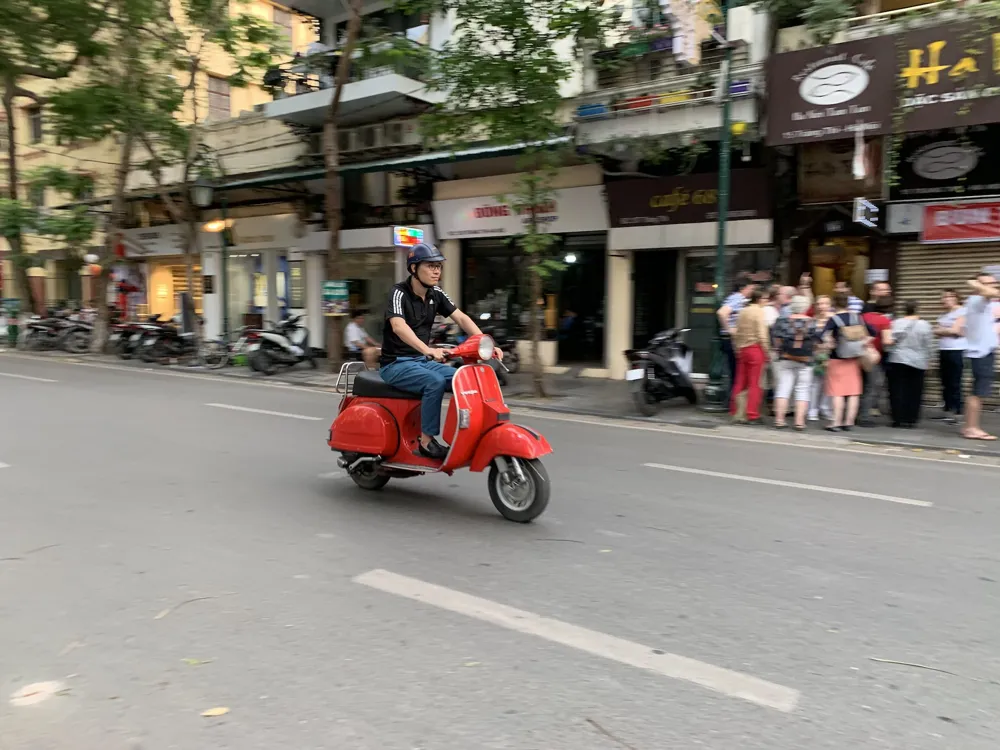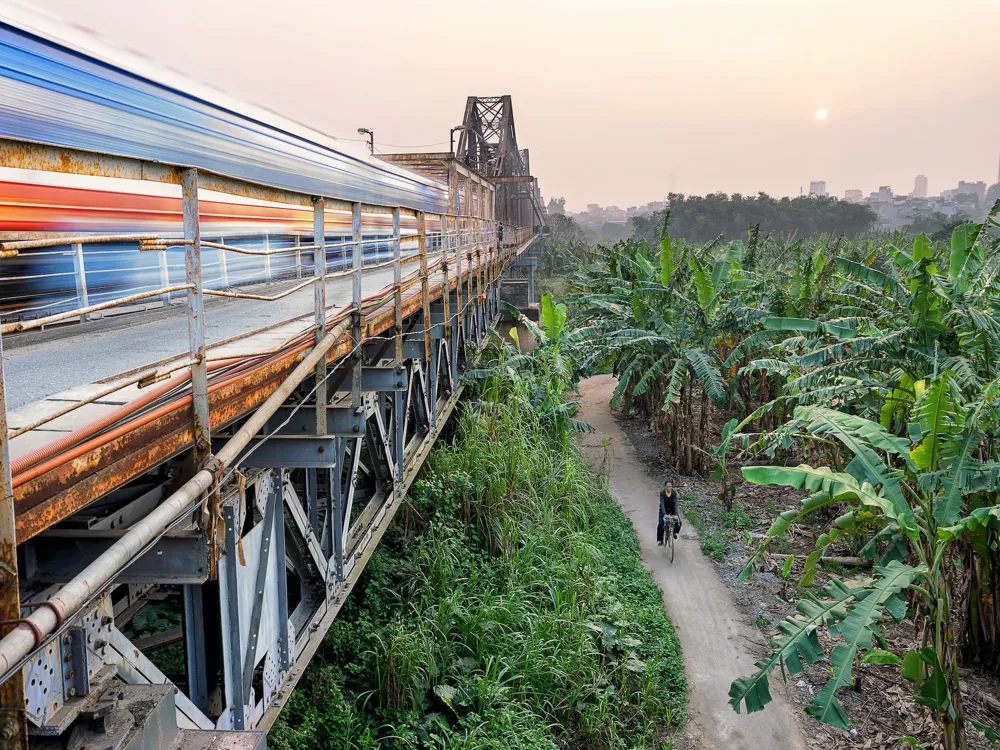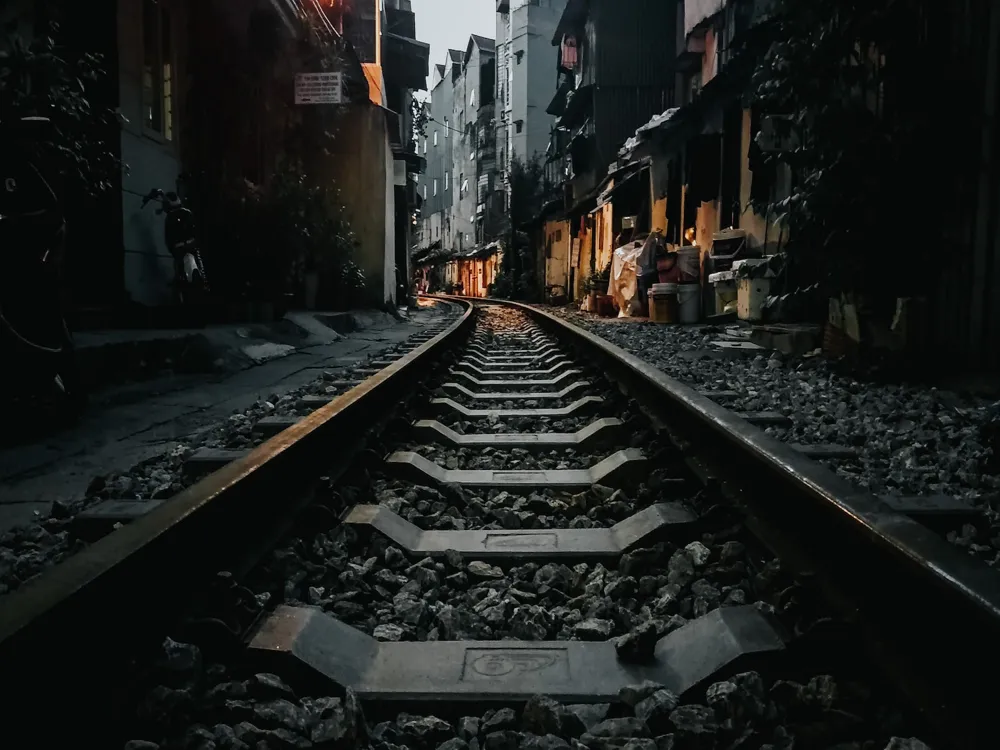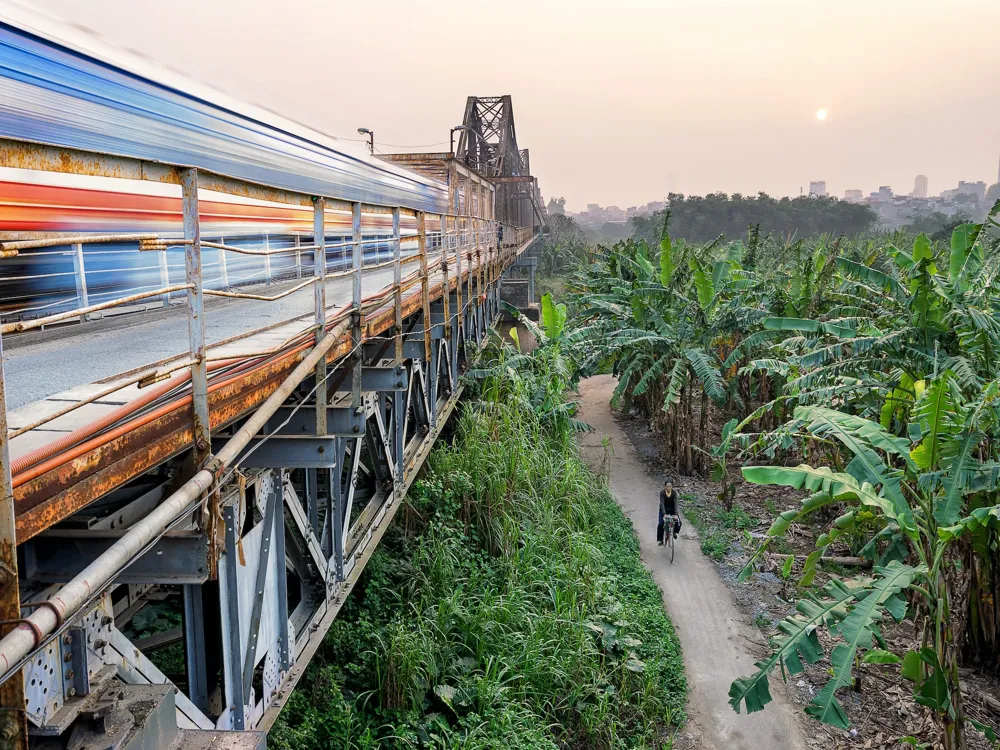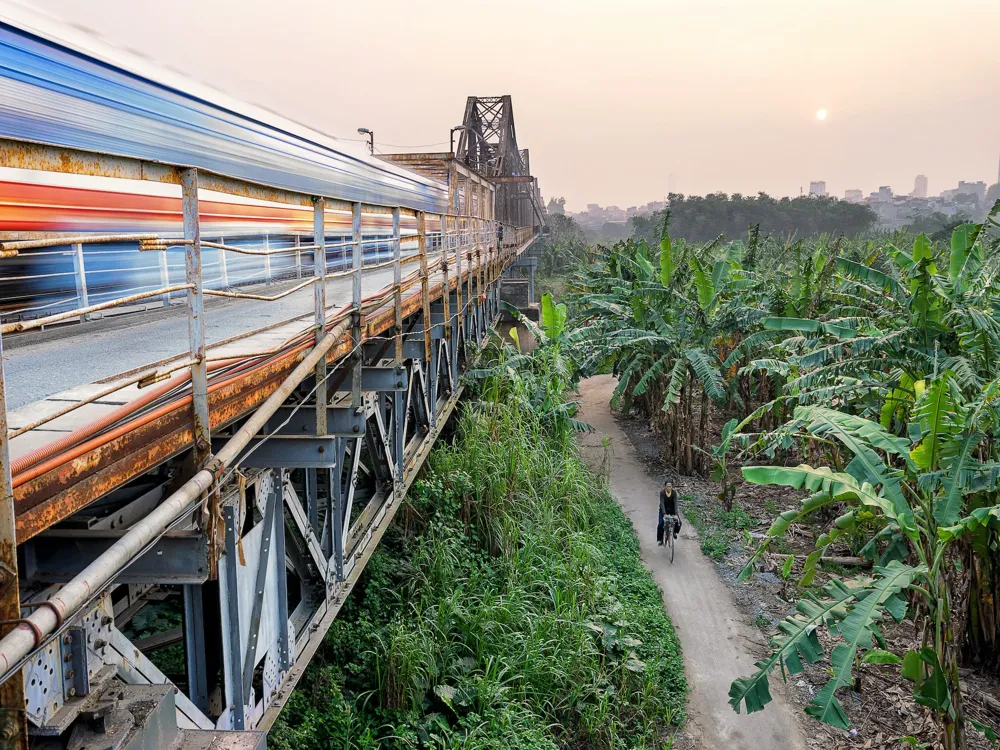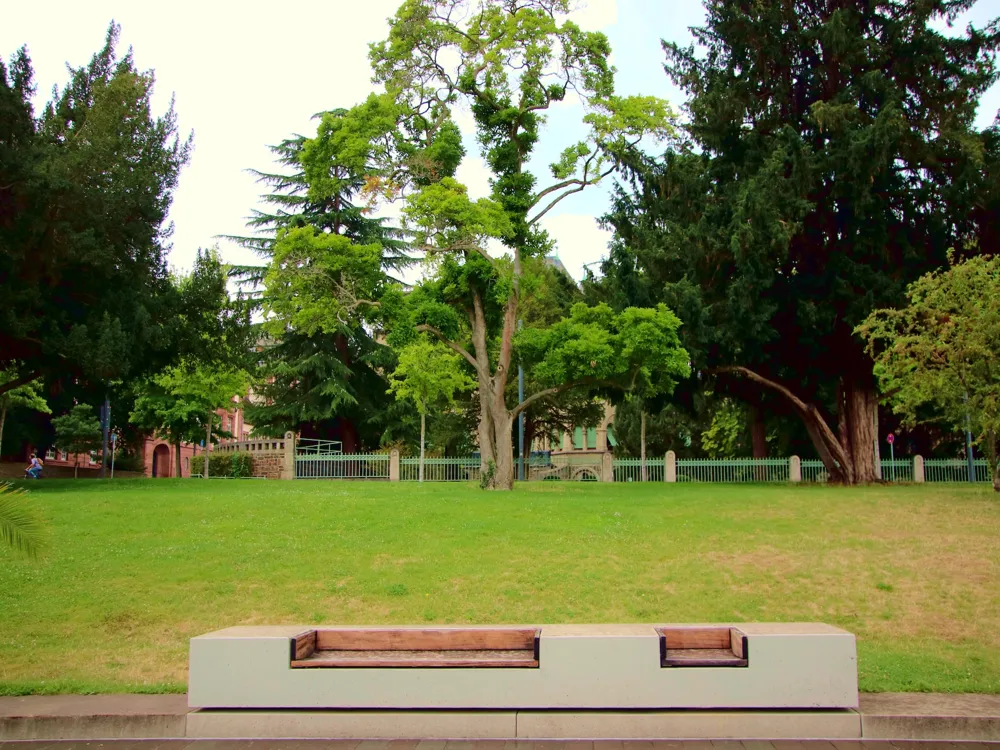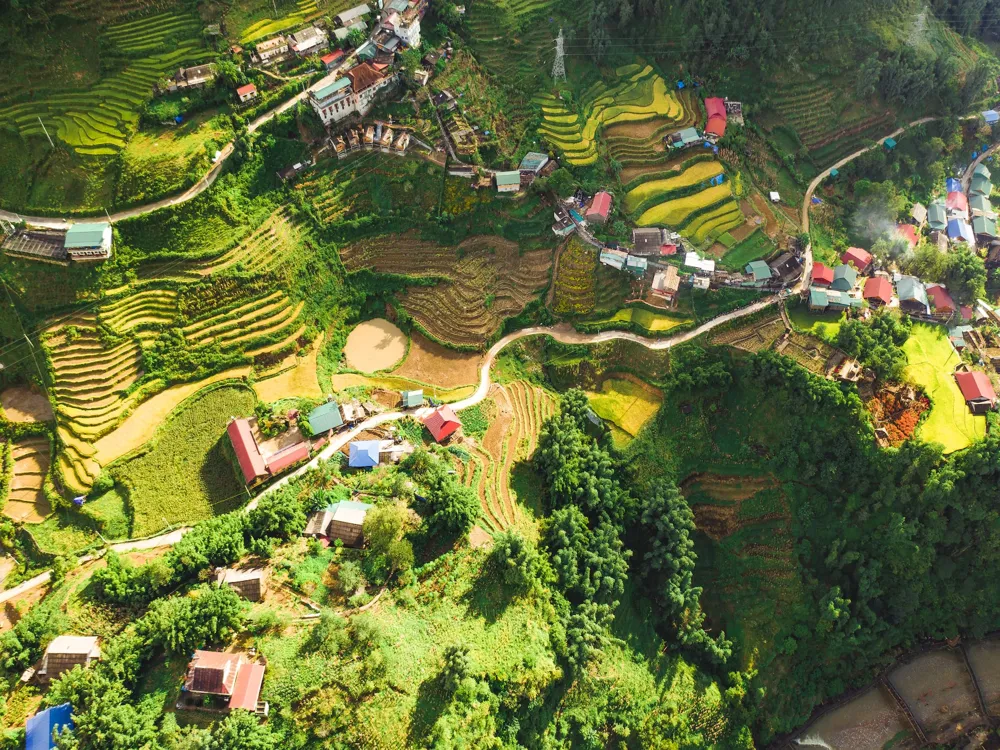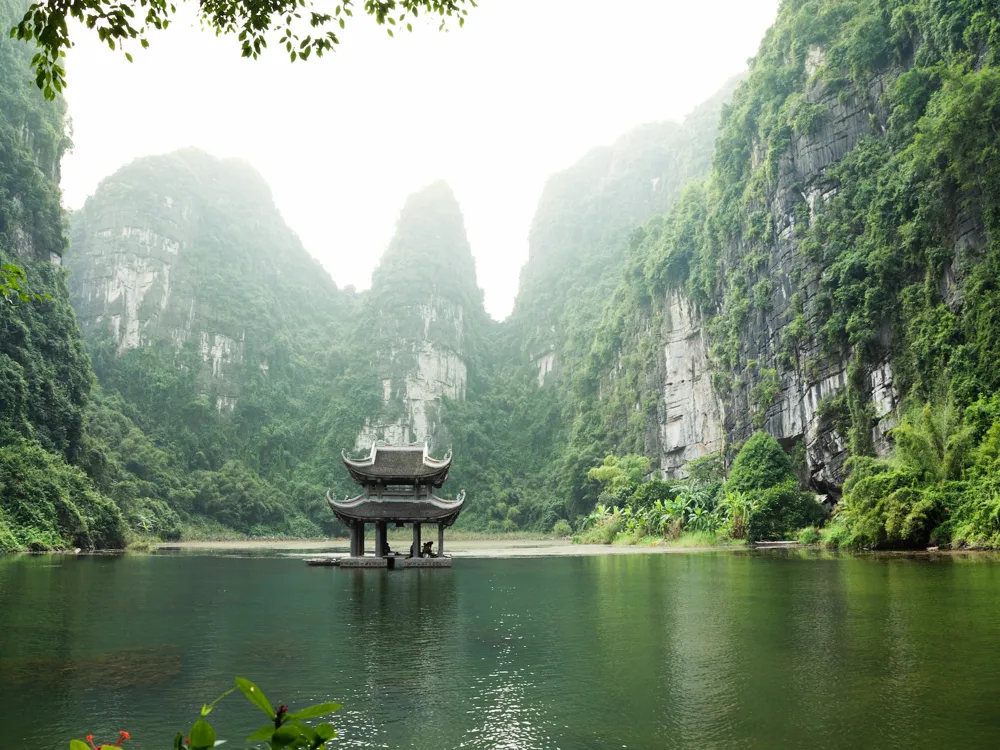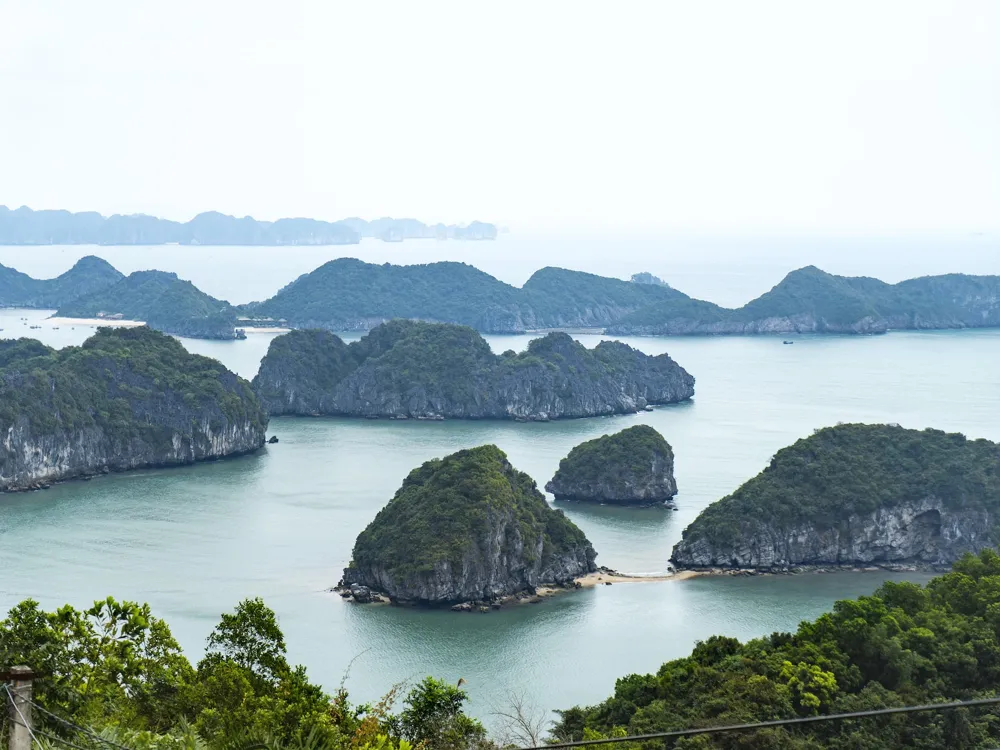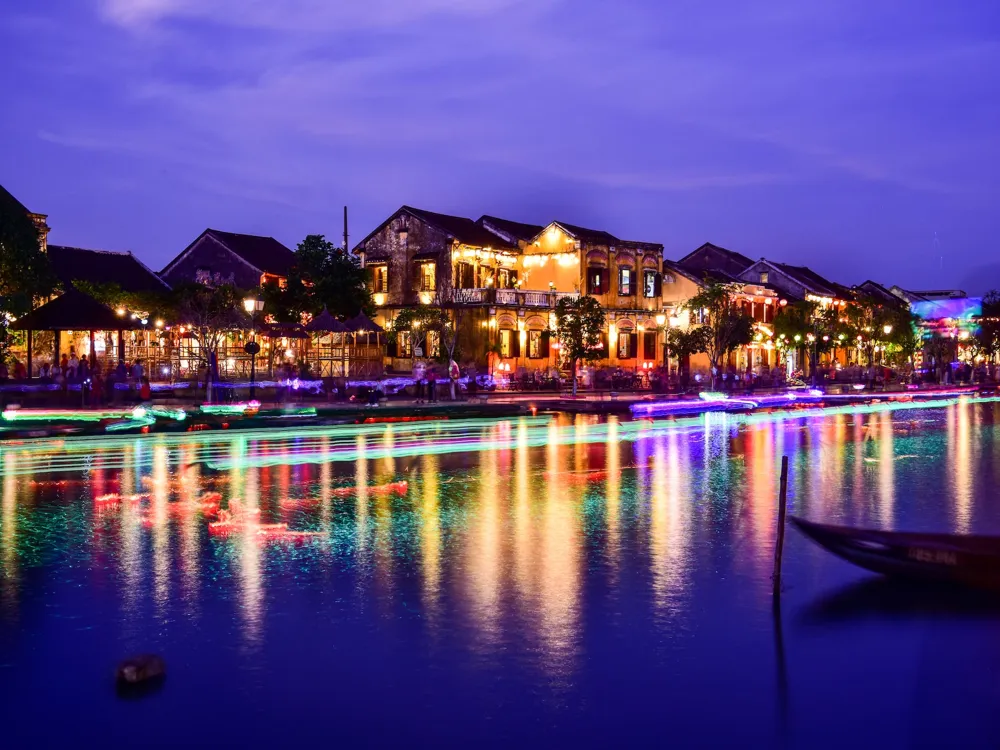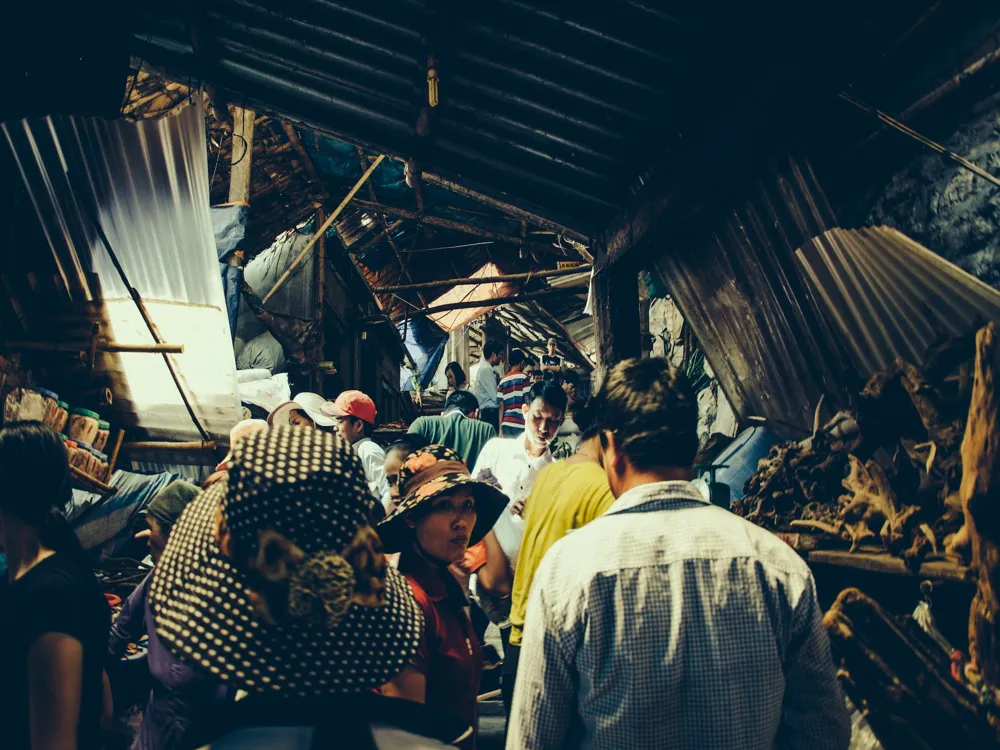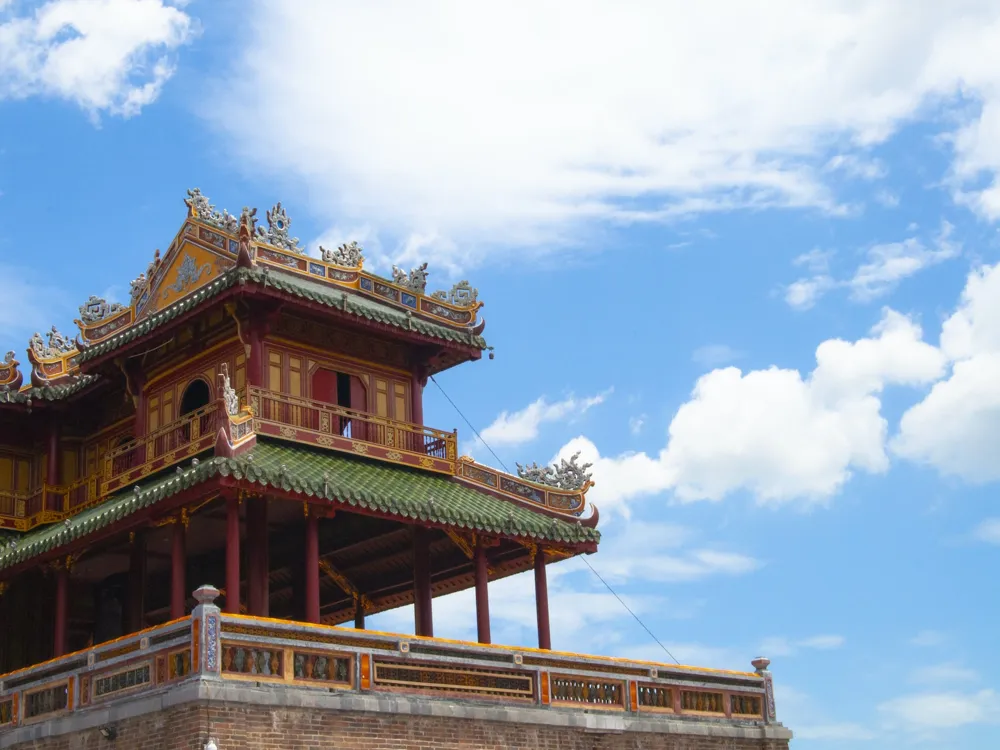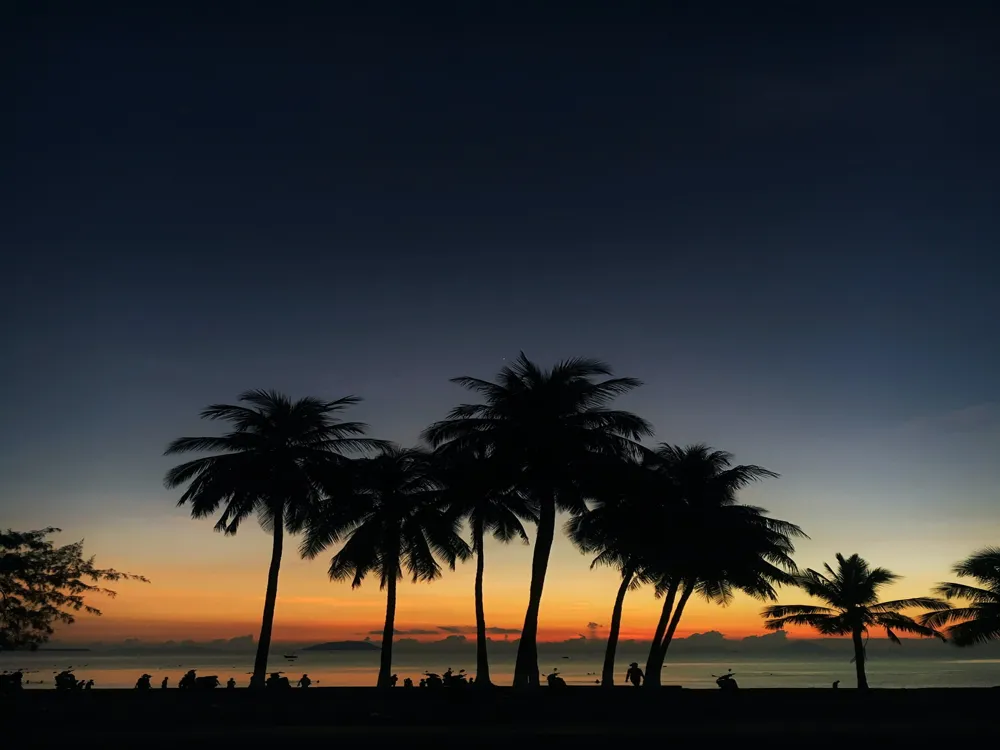Hanoi, the capital city of Vietnam, is a fascinating blend of East and West, combining traditional Sino-Vietnamese motifs with French flair. It is largely unscathed from the decades of war, and is now going through a modernization phase, making it a rapidly growing city with a rich history and a promising future. Hanoi is often referred to as the 'Paris of the East' for its beautiful architecture, vibrant culture, and sophisticated cuisine. The city's heart lies on the banks of the Red River, with streets filled with vibrant marketplaces and serene Buddhist temples. The Old Quarter and the Hanoi Citadel are key historic areas, offering a glimpse into Hanoi's complex past.
The city's evolution can be traced back over a thousand years, making it one of the oldest capitals in the world. Visitors are greeted with an atmosphere of coziness and tradition which makes this city remarkably unique. Whether it's Hanoi's exquisite cuisine, bustling street markets, or the calm of a traditional Vietnamese tea house, the city captivates with its contrasts of old and new. The city's cultural richness is visible in its numerous museums and theaters, showcasing the country's traditions, history, and arts. Hanoi is also a city of festivals, with many cultural events happening throughout the year, reflecting the distinct Vietnamese lifestyle.
Hanoi's architecture is a window into its rich historical tapestry, reflecting influences from various eras and cultures. The city's architectural landscape is a mix of ancient temples, French colonial buildings, Soviet-style structures, and modern skyscrapers. This eclectic blend creates a unique visual experience that tells the story of Hanoi's past and present.
The Old Quarter, with its narrow streets and ancient commercial houses, reflects Hanoi's history as a bustling trade center. Here, the architecture is predominantly influenced by Chinese and Vietnamese styles, with shop houses featuring intricately carved wooden facades and balconies. The area is also known for its 'tube houses', a unique architectural feature in Hanoi, characterized by their narrow frontages and deep lengths.
In contrast, the French Quarter showcases the impact of French colonialism, with grand boulevards and impressive buildings in the Beaux-Arts style. Notable examples include the Hanoi Opera House and the State Bank of Vietnam building, which blend French and Vietnamese design elements. These structures are marked by their elaborate facades, wrought iron balconies, and yellow-painted walls.
Modern architecture in Hanoi is represented by sleek skyscrapers and contemporary designs, symbolizing the city's rapid economic growth. These modern structures, often housing offices, luxury apartments, and shopping centers, coexist harmoniously with the city's historical buildings, creating a dynamic urban landscape.
The best time to visit Hanoi is during the spring (February to April) or autumn (October to December) when the weather is pleasant with milder temperatures and less rain. These seasons also offer the chance to experience Hanoi's vibrant festivals and events.
Navigating Hanoi can be thrilling yet challenging. The most common modes of transportation are motorbikes, cyclos, and taxis. For a more authentic experience, try the cyclos for short distances. Always agree on a fare beforehand to avoid misunderstandings.
When visiting temples or religious sites, dress modestly and remove your shoes before entering. It's also important to show respect and avoid loud conversations. When interacting with locals, a gentle demeanor and a smile go a long way.
Hanoi is famed for its street food, but it's advisable to eat at busy stalls where food turnover is high, ensuring freshness. Drink bottled water and avoid ice from unknown sources. Generally, Hanoi is safe, but like any busy city, be mindful of your belongings.
Hanoi is accessible by air, road, and rail. The Noi Bai International Airport is the main gateway for international travelers, located about 35 km from the city center. There are regular shuttle buses, taxis, and private transfers available from the airport to the city. For those traveling within Vietnam or from neighboring countries, Hanoi is well-connected by bus and train services. The city's central railway station, Hanoi Railway Station, provides services to major destinations across the country.
Overview of Hanoi
Architecture of Hanoi
Tips When Visiting Hanoi
Best Time to Visit
Transportation Tips
Cultural Etiquette
Food and Safety
How to Reach Hanoi
B52 Victory Museum
Hanoi
₹ 15,260 onwards
View hanoi Packages
Weather :
Tags : Museum
Time Required : 1 hour
Planning a Trip? Ask Your Question
Hanoi Travel Packages
View All Packages For Hanoi
Top Hotel Collections for Hanoi

Private Pool

Luxury Hotels

5-Star Hotels

Pet Friendly
Top Hotels Near Hanoi
Other Top Ranking Places In Hanoi
View All Places To Visit In hanoi
View hanoi Packages
Weather :
Tags : Museum
Time Required : 1 hour
Planning a Trip? Ask Your Question
Hanoi Travel Packages
View All Packages For Hanoi
Top Hotel Collections for Hanoi

Private Pool

Luxury Hotels

5-Star Hotels

Pet Friendly







